Air Purifier And Humidifier At The Same Time
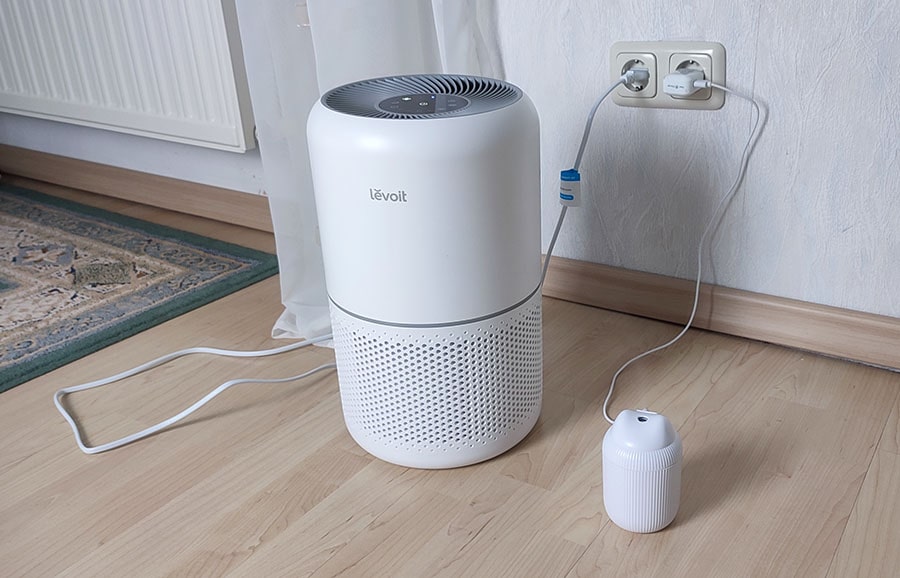
Imagine stepping into your home after a long day, the air thick with the lingering dryness of winter or the cloying humidity of summer. Instead of the usual stale air greeting you, a gentle, clean breeze kisses your face. The scent of lavender, subtly diffused, hangs in the air, creating an oasis of calm. This isn't a dream; it's the reality many are embracing with the increasing popularity of combined air purifier and humidifier devices.
These dual-action devices promise to tackle two of the most common indoor air quality issues simultaneously: dryness and pollutants. Offering a convenient, space-saving solution, these combo units are steadily gaining traction in homes and offices. They address the needs of those seeking healthier and more comfortable living spaces.
The Rise of the Two-in-One Solution
The concept of combining air purification and humidification isn't entirely new, but recent advancements in technology and growing consumer awareness have fueled its surge in popularity. Historically, individuals had to purchase and maintain separate devices to address air quality and humidity levels. This was both costly and space-consuming.
However, manufacturers recognized the demand for a more streamlined solution. They began integrating these functions into a single unit. The result is a device that not only cleans the air but also optimizes its moisture content.
Addressing Dry Air: The Humidifier Component
Dry air can lead to a host of discomforts, ranging from dry skin and irritated sinuses to increased susceptibility to respiratory infections. Humidifiers work by adding moisture to the air, alleviating these symptoms and creating a more comfortable environment.
There are several types of humidifiers commonly found in these combination units, including ultrasonic, evaporative, and warm mist humidifiers. Ultrasonic humidifiers use high-frequency sound vibrations to create a fine mist, while evaporative humidifiers use a fan to blow air through a wet wick or filter.
Warm mist humidifiers boil water and release steam into the air, which can also help to kill bacteria. The choice of humidifier type often depends on personal preferences, room size, and budget.
Tackling Air Pollution: The Air Purifier Component
Indoor air can be significantly more polluted than outdoor air, often containing dust, pollen, pet dander, mold spores, and volatile organic compounds (VOCs). Air purifiers are designed to remove these pollutants, improving air quality and reducing allergy and asthma symptoms.
The most common type of air purifier found in these combination units utilizes a HEPA (High-Efficiency Particulate Air) filter. HEPA filters are incredibly effective at capturing tiny particles, including those as small as 0.3 microns in diameter.
Many devices also include an activated carbon filter, which is designed to remove odors and gases, such as VOCs. Some advanced models may also incorporate UV-C light technology to kill bacteria and viruses.
Benefits Beyond Convenience
The advantages of using a combined air purifier and humidifier extend beyond simple convenience. These devices can contribute to a healthier and more comfortable living environment in several ways.
Firstly, by maintaining optimal humidity levels, they can help to prevent dry skin, soothe irritated sinuses, and reduce the risk of respiratory infections. Secondly, by removing airborne pollutants, they can alleviate allergy and asthma symptoms, improve sleep quality, and reduce exposure to harmful chemicals.
Furthermore, combined units often offer cost savings compared to purchasing and maintaining separate devices. They also require less space and energy, making them a more sustainable option.
Navigating the Market: Choosing the Right Device
With a growing number of combined air purifier and humidifier models available, choosing the right device can feel overwhelming. However, by considering a few key factors, consumers can make an informed decision.
Room size is a crucial consideration, as different devices are designed to effectively clean and humidify specific areas. Look for the CADR (Clean Air Delivery Rate), which indicates how quickly the air purifier can clean a room of a certain size.
Also consider the humidifier's tank capacity and output rate, which will determine how long it can run before needing to be refilled. Noise level is another important factor, especially for bedrooms or nurseries.
Expert Opinions and Scientific Insights
According to the Environmental Protection Agency (EPA), maintaining indoor air quality is crucial for overall health and well-being. While the EPA doesn't specifically endorse combined air purifier and humidifier devices, they acknowledge the benefits of both technologies individually.
Studies have shown that air purifiers with HEPA filters can effectively remove particulate matter from the air, reducing exposure to allergens and pollutants. Research also indicates that maintaining optimal humidity levels can help to prevent the spread of respiratory viruses.
Dr. Emily Carter, a leading allergist at the Allergy & Asthma Center, notes that "combined air purifier and humidifier devices can be particularly beneficial for individuals with allergies or asthma, as they address two key triggers: airborne allergens and dry air."
Potential Drawbacks and Considerations
Despite the numerous benefits, there are also some potential drawbacks to consider when using a combined air purifier and humidifier. One common concern is the risk of mold growth.
If the humidifier is not properly cleaned and maintained, it can become a breeding ground for mold and bacteria, which can then be released into the air. It is essential to follow the manufacturer's instructions for cleaning and disinfecting the device regularly.
Some users have also reported that combined units can be less effective than separate devices, especially in very large rooms or in areas with extreme humidity levels. In such cases, a dedicated air purifier and humidifier may be a better option.
The Future of Indoor Air Quality
As concerns about indoor air quality continue to grow, the demand for innovative solutions like combined air purifier and humidifier devices is likely to increase. Manufacturers are constantly developing new and improved models, incorporating features like smart technology, air quality sensors, and customizable settings.
Looking ahead, we can expect to see even more sophisticated devices that can automatically adjust their performance based on real-time air quality data. The integration of these devices with smart home systems will also become more common, allowing users to control and monitor their indoor air quality from anywhere.
Ultimately, the goal is to create healthier and more comfortable living spaces for everyone. These combined devices are just one step in that direction.
Stepping back into that imaginary home, the air feels different. It's not just the absence of stuffiness or dryness, but a sense of well-being that permeates the space. The soft hum of the device in the corner is a constant reminder of the commitment to a healthier, cleaner life. This quiet revolution in home comfort isn't about luxury; it's about prioritizing the air we breathe, the foundation of our health, and the peace of mind that comes with knowing we're creating a sanctuary within our own walls.
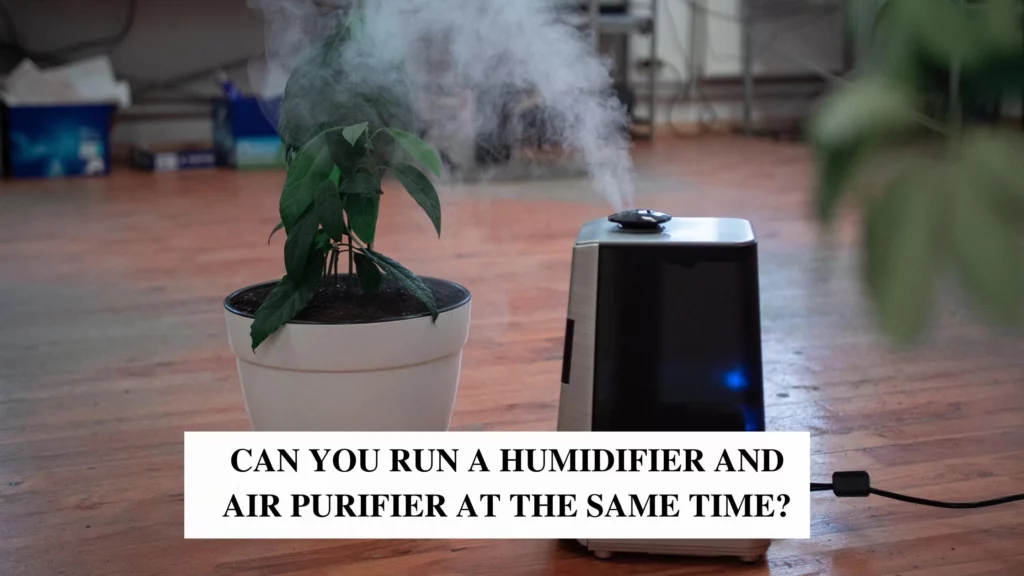
![Air Purifier And Humidifier At The Same Time Can You Use a Humidifier and Air Purifier Together? [2025's Expert Advice]](https://airpurifierfaqs.com/wp-content/uploads/2023/09/humidifier-air-purifier-same-time-surprising-truth-sep-19-23-1.webp)
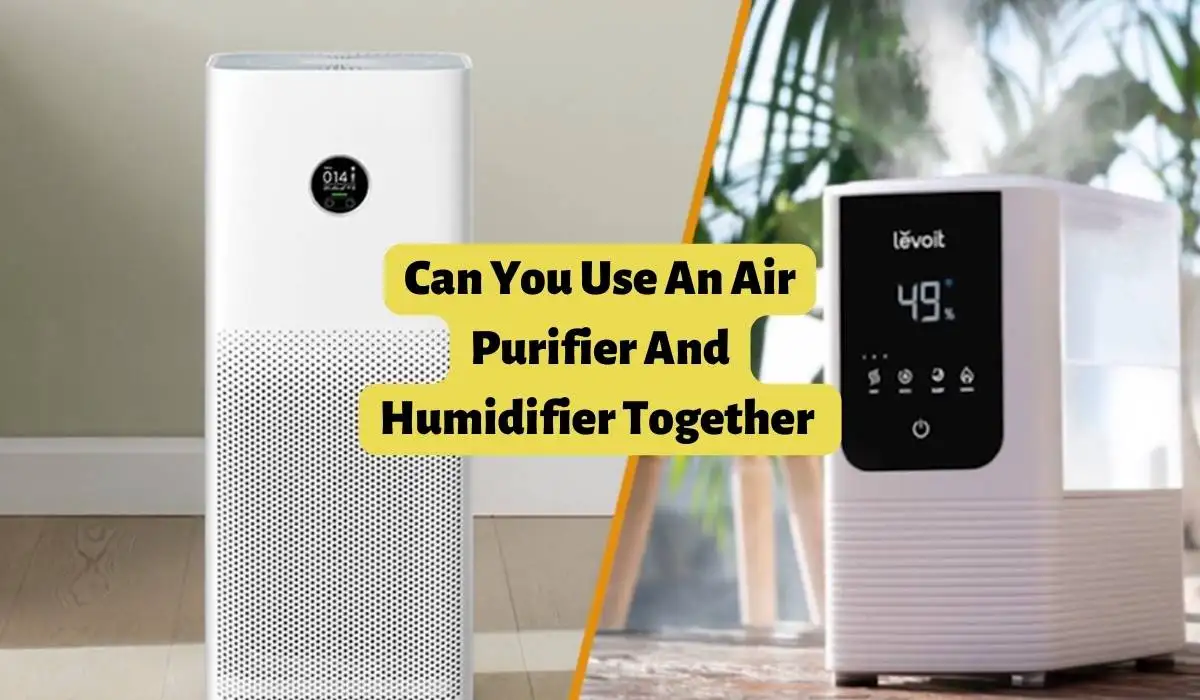


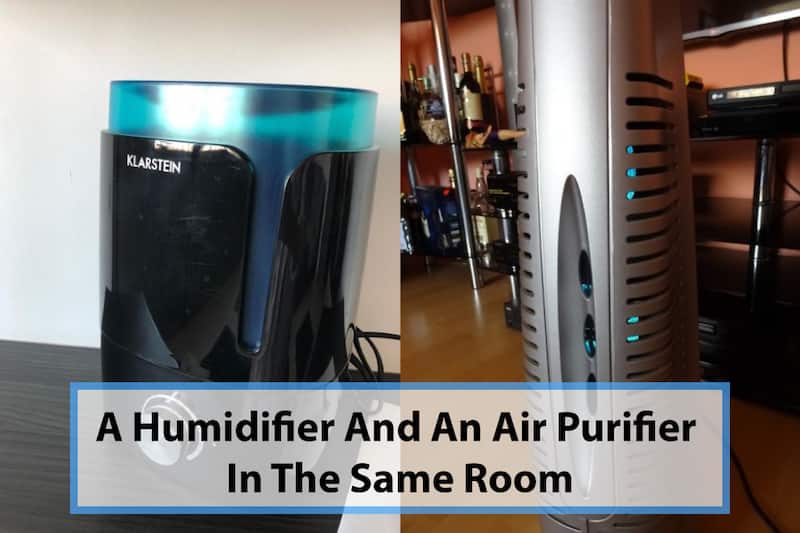

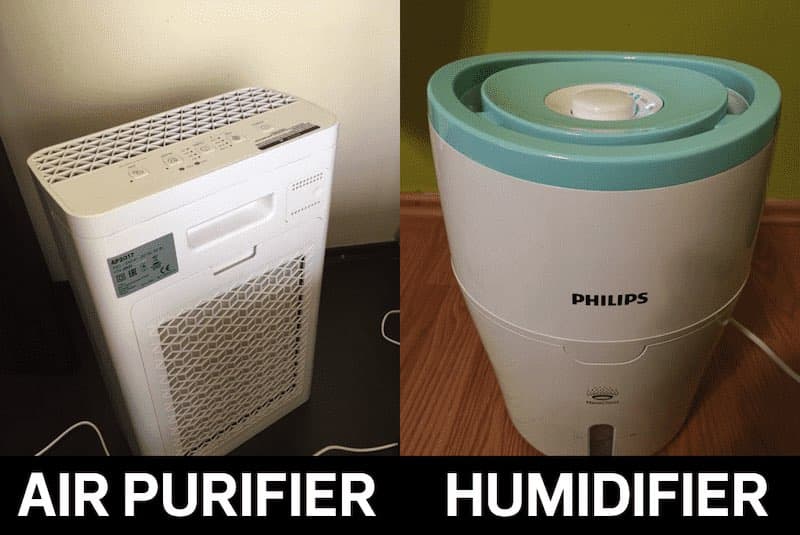





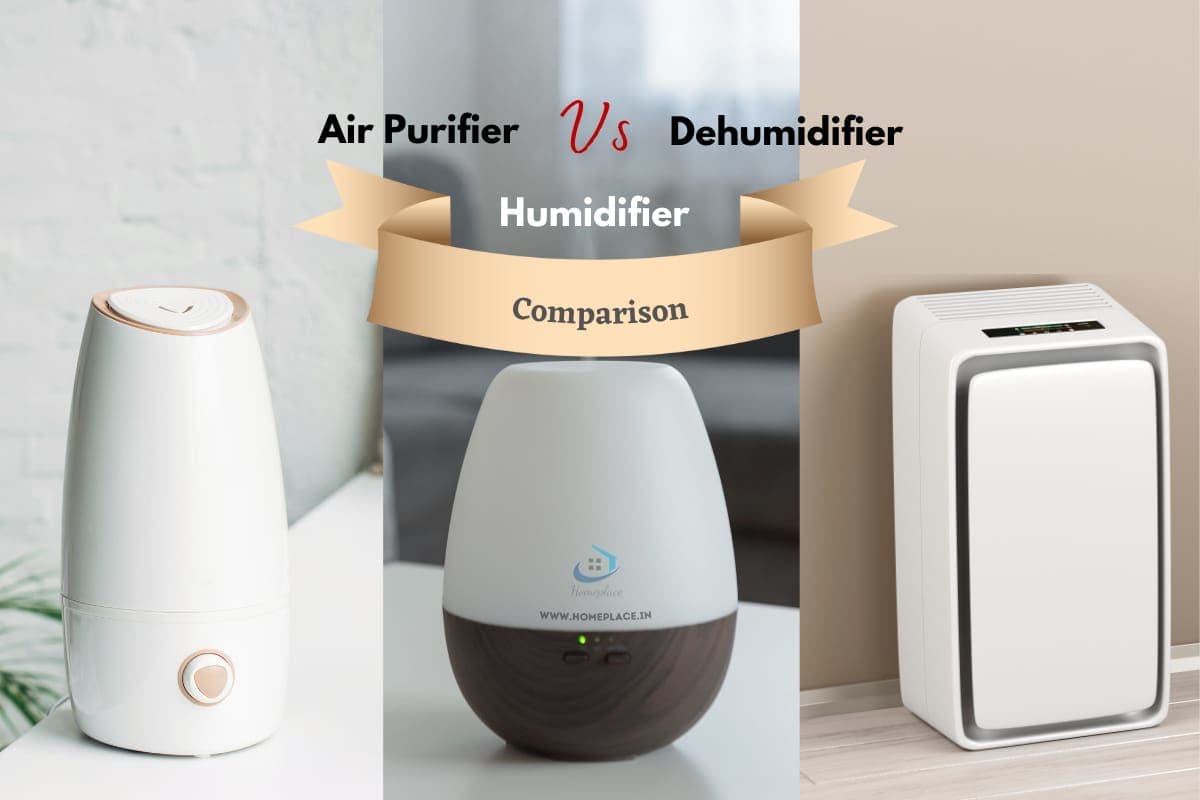
![Air Purifier And Humidifier At The Same Time Use a Humidifier and Air Purifier in the Same Room [2025 Guide]](https://airpurifierfaqs.com/wp-content/uploads/2023/12/image-5-828x552.jpeg)
![Air Purifier And Humidifier At The Same Time Use a Humidifier and Air Purifier in the Same Room [2025 Guide]](https://airpurifierfaqs.com/wp-content/uploads/2023/07/self-regulating-evaporative-humidifier-jul-22-23-1.webp)

